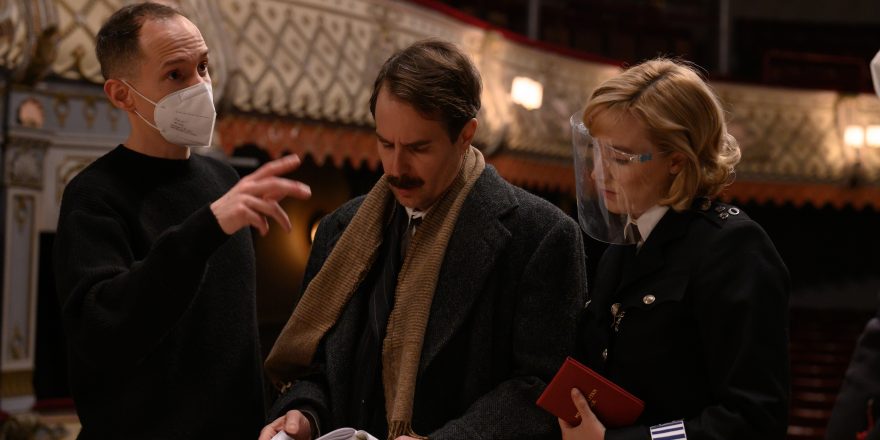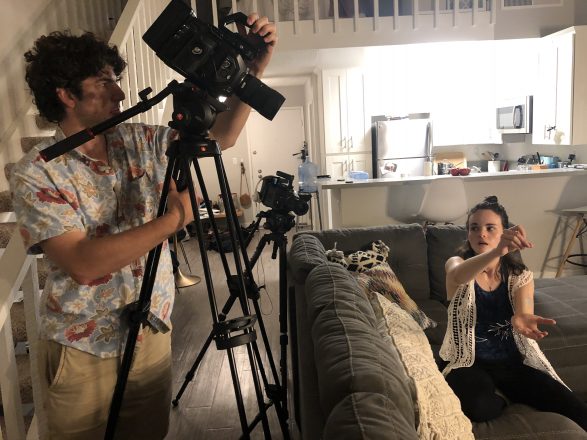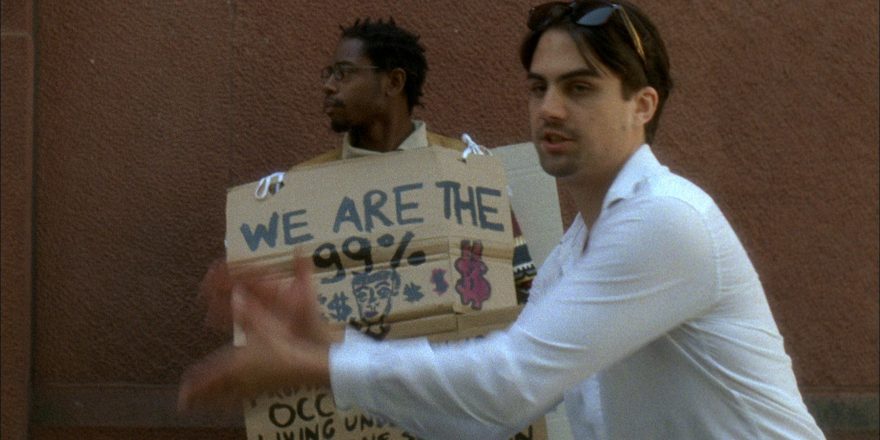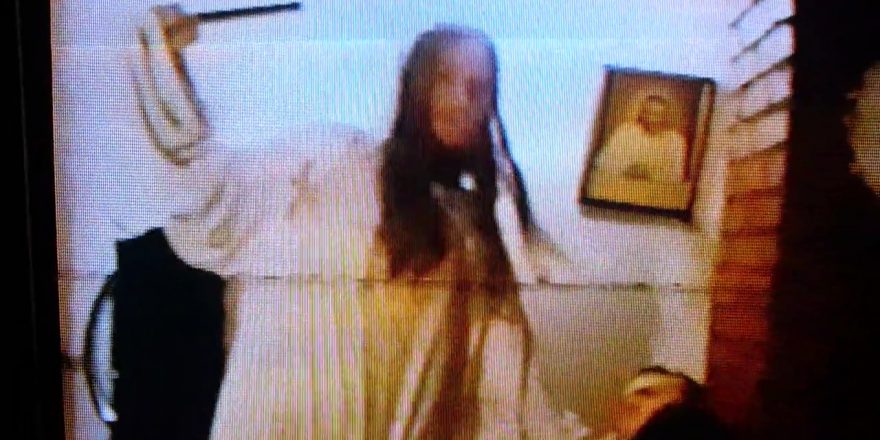I really believe the only way to learn about filmmaking is to make things. If you’re a writer, you have to write scripts, and probably lots of them, before you can write a good one. And if you’re a director, you need to film as many things as you can. Any chance you get to work with a camera and actors is an opportunity you should take. But this way of learning means that making a lot of mistakes is inevitable. And this does not fit well with my personality type, which I would describe as a collaborative-perfectionist. I love working with other people, but I really like things to turn out “just so.”
Gradually, however, over the early part of my career, I’ve learned to embrace my mistakes. I think good things tend to come out of bad things. Great scripts usually start with bad first drafts. Fine films begin with an unwatchable rough cut. And good writers and directors mostly begin as bad writers and directors. And so, in the spirit of learning from other people’s missteps, as well as your own, I present some of the biggest mistakes I have made so far in my nascent career.
1. Pressing “Record” Twice
I started out working in music, specifically by filming interviews with musicians in hotel rooms. The actual glamor involved was inversely proportional to the amount you are imagining. This was the early days of the mobile internet when almost nobody was watching videos on their phones, but for some reason I was part of a dedicated unit who was making these videos anyway. We’d turn up, light the room, record a short interview and then head back to edit the footage. Doing this two to three times a week was actually an amazing way to get a grounding in camerawork, lighting and editing.
On this particular day, we were interviewing Jamaican dancehall star Sean Paul, who was a pretty big fish for us to snag. We set up our lights, pressed “Record,” then got distracted by Sean Paul telling us some half-formed anecdote about a club he’d been to the night before. Eventually, we settled down to the interview, pressed “Record” for a second time (thus ending the recording) and conducted the interview as planned. We got back to the edit to find that all we had actually recorded was the bit before the interview, and a bit at the end when Sean Paul shook all our hands and told us what a great interview it had been.
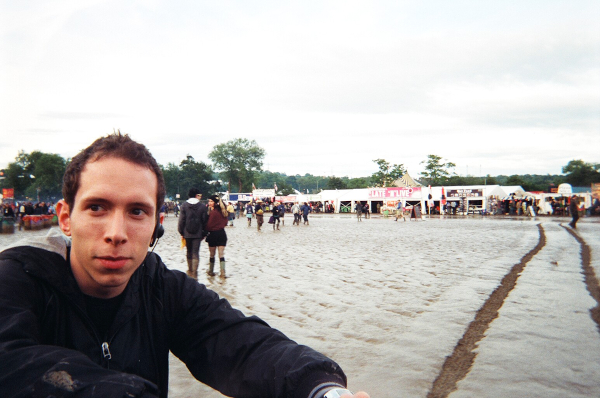
The most baffling thing about the whole event was that our executive producer still made us cut a package out of these odds and ends. And so it came to pass that a video of Sean Paul talking in a very unfocussed way about a night he had in a London club came to be watched by potentially upwards of 10 people on their Nokia mobile phones.
2. Assuming Other People’s Scripts Came Out Perfectly Formed
For a long time, I assumed other people just wrote brilliant scripts and it was paralyzing in my own work, because everything I wrote seemed to be distinctly not brilliant. Then I worked with two of the most talented writers working in British comedy today, siblings Daisy May Cooper and Charlie Cooper. By the time we went to shoot each episode of our BBC series, This Country, their scripts would be the funniest scripts I had ever read. But their first drafts were often a long way from that. They understood that the most important part of a first draft was getting to the end. Often there would be great scenes or the beginnings of a brilliant story idea in these drafts. Sometimes there was very little that remained in subsequent drafts. But it’s so much easier to see the way forward when you have a draft to work on together.
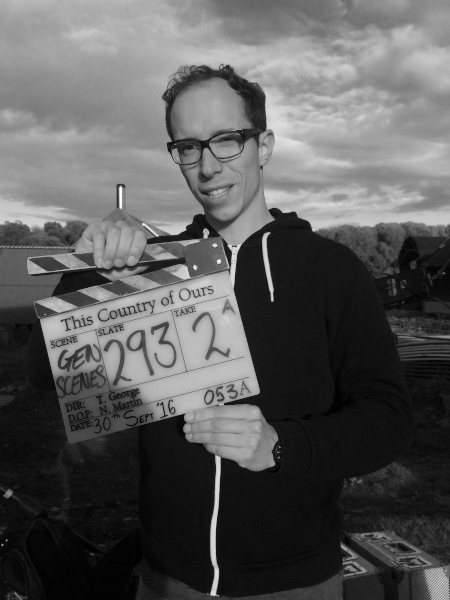
Even when we had our final shooting scripts, we would constantly be reworking and improving things on the floor while shooting. And that’s not even accounting for all the changes that then happen to a script in the edit. The vast majority of scripts you’ll find on the internet are post -production scripts, which means they are essentially a transcription of the final film rather than the script itself. Good scripts are born out of bad ones.
3. Letting Myself Be Rushed Off Setups and Scenes
The time pressure when you are shooting is almost always intense. I can’t tell you the number of times I got pushed into moving on from setups or scenes when I was on my first few jobs, even when all my instincts were telling me we should just do one more take. And mostly it was because I wanted to be a good dog. I wanted to show that I was a conscientious and production-friendly director. But three months later, when I was staring at that scene in the edit, wondering why I didn’t just run it one more time, I was not feeling like a good dog.
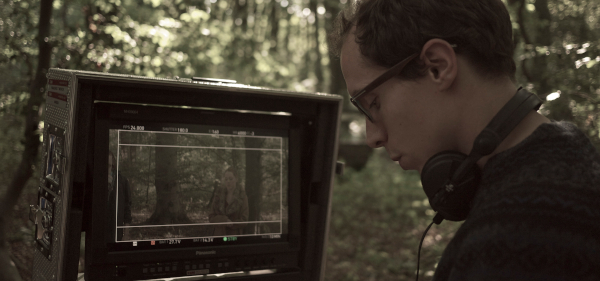
Of course, a huge part of your role as a director is knowing how to cut your cloth. Time and resources are finite, and the best directors know when to move quickly so they can have more time elsewhere. But running one more take of a scene to get the performance you need will only take you however long that scene is. Turning the camera around can take 45 minutes. Resetting a stunt can take an hour. If you think you need one more take, then do it and save the five minutes somewhere else.
4. Casting Actors Who “Won the Room”
The casting process is often awkward and uncomfortable. No matter how nice and friendly you are, it is still an odd dynamic when one person is performing a scene to a group of people who will decide if they get the job. So when an actor comes in who is funny and charming and makes everyone relax, it is a huge relief. There have, however, been several occasions where this rush of endorphins has ended up giving me a really bad read on an audition, making me feel way more positive about the actor in question than if I had just watched the tape of the casting. Because that’s the other thing about the audition process – it’s basically a test for the wrong thing.
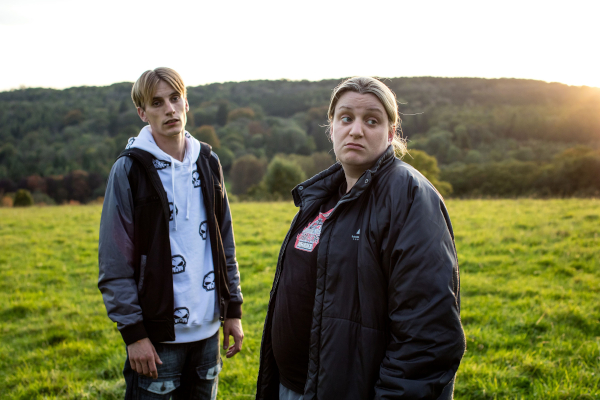
An audition in the room is much more like a stage performance than a screen one. Of course, all auditions are taped as well, but it can be really hard to divorce yourself completely from that first impression of someone charming you in the audition room. These days, I prefer to see tapes first and then have recalls in the room, where you have the chance to give the actors some direction and see how they respond to notes. I’ve also dabbled with more workshop-style approaches to casting, but these aren’t always suitable for every project. I’m still looking for the perfect casting process, but I’m now always a little cautious about actors who “win the room.”
5. Sticking Too Closely to the Plan
I’m a big planner. I’ve always liked the security of being well prepped before shooting. But in the past, I would make the mistake of being way too rigid in sticking to that plan. Now I try to let the plan be a liberating force. It’s a safety net that, conversely, allows us to try things we didn’t plan for, particularly with script and performance. One of my favorite quotes is from the great Garry Shandling who said, “The second you think you’ve got it, as a person, as an actor, as a comedian, and you think, ‘Ah, I know what to do’ – you’ve lost it.” I really think it’s good to feel uncertain about your work at times. It keeps you properly engaged and means you are taking creative risks. And if that means making some more mistakes along the way, I’m OK with that. Or, at least, I’m trying to be.
Featured image shows Tom George with actors Sam Rockwell and Saoirse Ronan on the set of See How They Run. Image courtesy Searchlight Pictures.


